How To Install Window Screen Without Tabs
Apr 28, 2022
Edward S.
3min Read
How to Install and Apply Linux Screen?
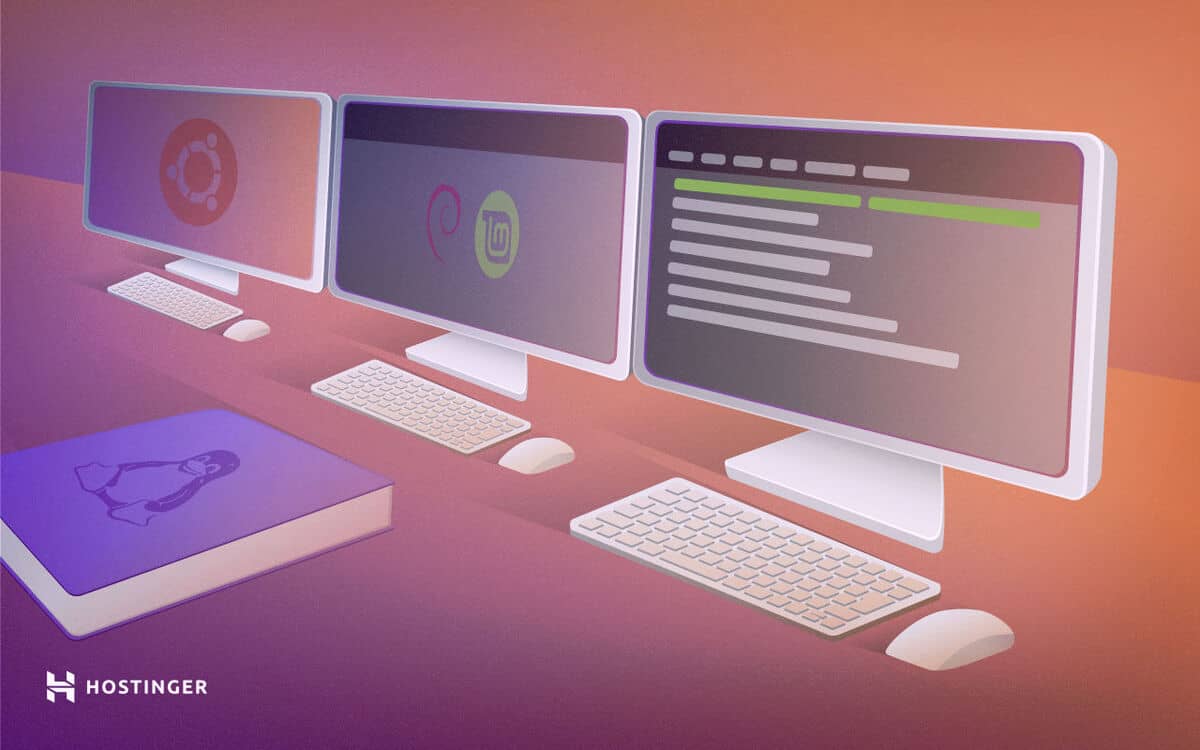
Sysadmins mostly manage virtual servers using the Linux terminal. However, yous can get even more out of information technology past implementing the Linux Screen in your workflow. It's a long-running favorite among developers and is a must for anyone who wants to go an expert.
Download Complete Linux Cheat Sheet
Information technology might seem intimidating at first, but the Linux Screen is like shooting fish in a barrel to learn while providing limitless possibilities. It's a very efficient and resourceful utility, making information technology an irreplaceable tool.
With this in mind, we will teach you how to enable and apply Linux Screen to increase the flexibility of the Linux final further.
What Is Linux Screen?
A Linux Screen is a terminal application developed by the GNU project. Often official documentation calls information technology a GNU Screen and is used for terminal multiplexing.
In other words, Screen divides a physical terminal into multiple virtual sessions, stops and summarizes the activity in them.
Screen works like this – if you lot work on a terminal session while using Screen, once you're finished with your work and plough off the computer, it volition relieve at that point. When the terminal is reaccessed, the concluding will return to the very same screen you worked on earlier shutting downwardly.
Linux Screen might exist basic in its structure, but every Linux user should know how to utilise information technology.
How to Install and Use Linux Screen?
Screen is usually installed by default on all major Linux distributions. If your organization doesn't have information technology preinstalled, don't worry, the installation process is easy.
Kickoff, nosotros demand to connect to our server using the SSH command. Open up your terminal and blazon:
ssh your-user@server
In the case of Debian, Ubuntu or Linux Mint and its derivatives, yous can execute the post-obit command:
sudo apt install screen
If you are using CentOS 7, you can install it using the following:
sudo yum install screen
Or if the user can't run sudo commands, we need to run it equally a root user.
yum install screen
At the end of the installation, we can bank check the current version of Screen, using the following command line:
screen –version
Congratulations, now you can finally employ Screen.
Using Linux Screen on Whatsoever Linux Distribution
To run Linux screen, we simply accept to type the give-and-take in our terminal session:
screen
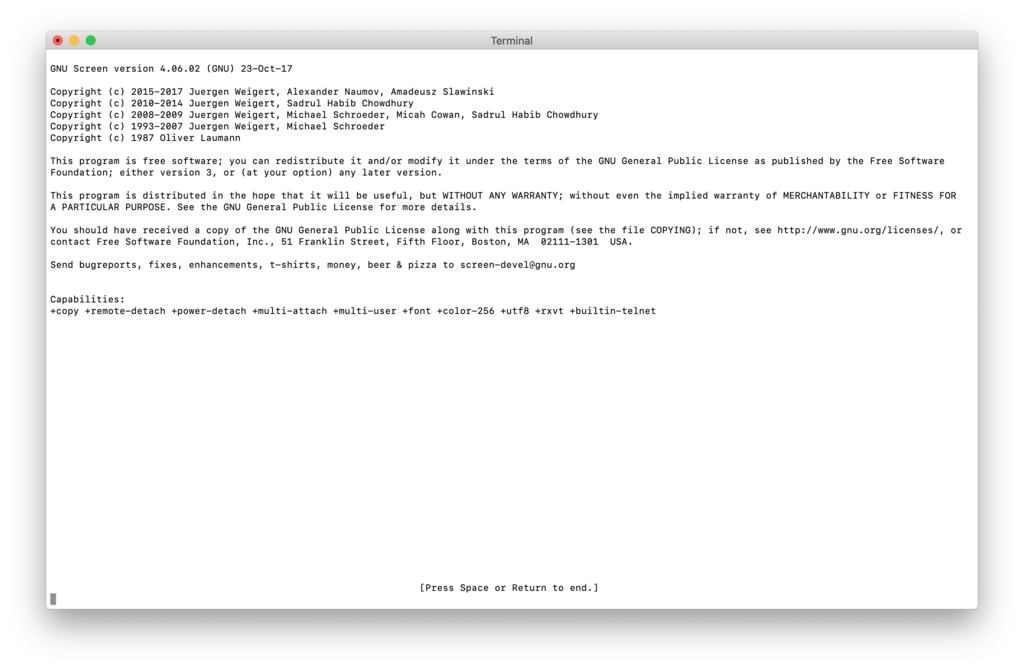
Afterward pressing the Space key, you will encounter the final once again. Practise not exist worried, we accept already started a new Screen session. To bank check it, just type go out in and printing Enter.
So, we need to rerun the control by typing screen again.
Nosotros tin can also kickoff a session and give it a name by using the -South variable. For example:
screen -South session1
We recommend yous give the session a descriptive proper noun and yous will take no trouble identifying it.
Screen uses commands to perform terminal multiplexing and the commands are easy to learn. They all follow a Ctrl+* * construction, where * are the variables.
Of import! Take notation of the lowercase and uppercase keys when performing commands.
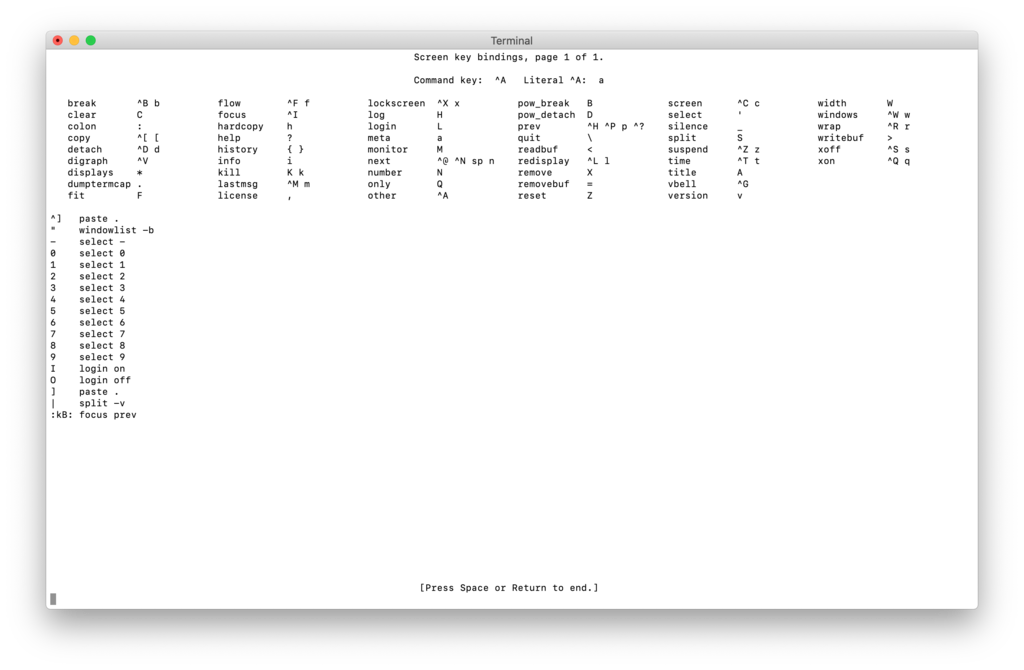
Working in a New Session
Once we accept started a new session it is necessary to learn how to employ information technology. These are the principal commands you'll exist using:
| Commands | Clarification |
| Ctrl+a c | Create a new window |
| Ctrl+a " | List all the created windows |
| Ctrl+a a | Delete a Ctrl+a, which useful if you made a mistake |
| Ctrl+a Ctrl+d | Get out the session running |
It is too possible to split the terminal screen. For example, using Ctrl+a S splits the terminal horizontally:
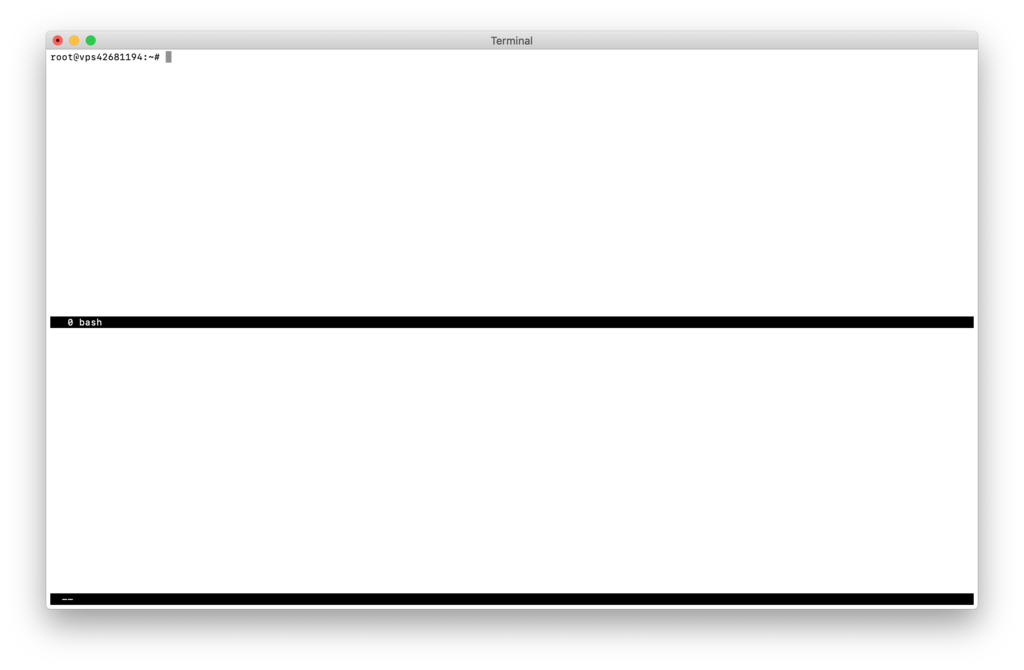
To change to the side by side terminal, we press CTRL+a TAB. To close information technology, CTRL+a X.
How to Manage Multiple Sessions Using Linux Screen
One of the great qualities of Screen is the ability to perform actions and get out them in the background so that when we return to them they're even so at that place. This is specially bully for server administrators.
For this example, I will employ htop. We can install it on Debian, Ubuntu, Linux Mint and its derivatives with the following command:
sudo apt install htop
Y'all can run htop past only typing the following command in your concluding:
htop
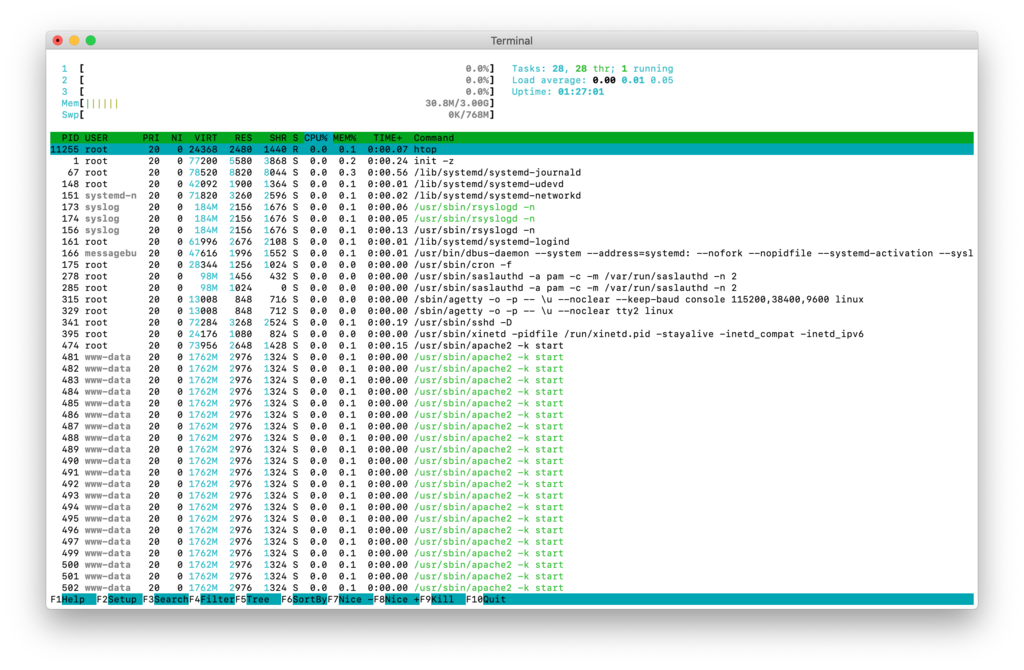
Next, we will use both CTRL+a and CTRL+d commands to disassemble the execution from the terminal. From here you tin can work on something else, while the previous window will run in the background. If you want to open the same htop final, first type in the following control:
screen -ls
Information technology will show all of your saved sessions. To reopen htop, enter the post-obit:
screen -r process_number
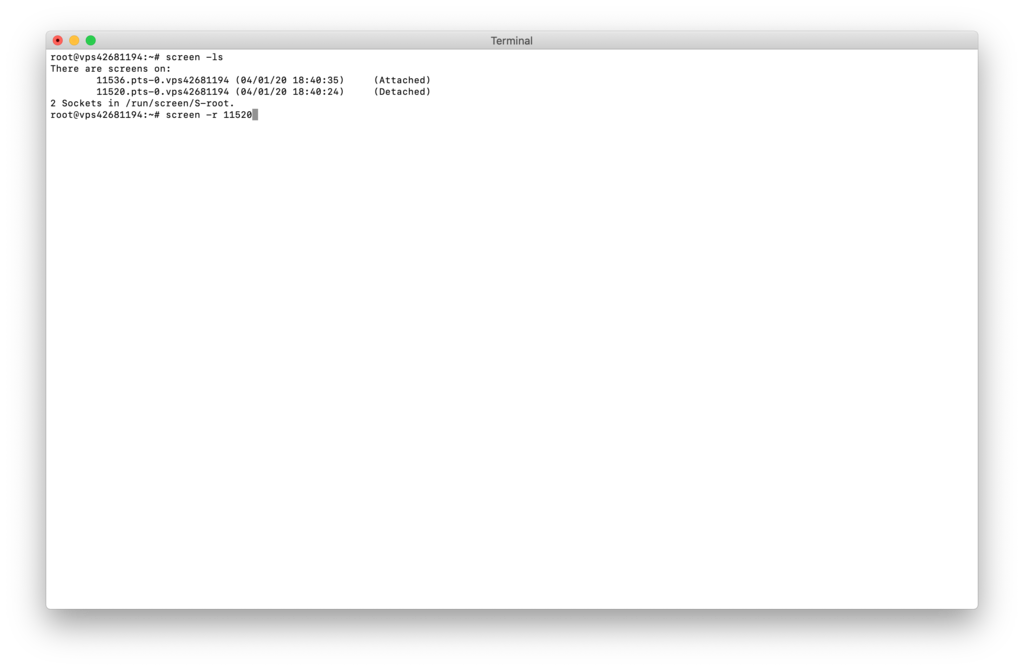
In this instance, our process_number is 11520
Conclusion
Information technology is actually important to acquire how to install and employ Linux Screen, specially if you work as a server administrator. It's a really handy tool that can greatly ameliorate your overall workflow. Here yous take learned how to both install Screen on your server and how to use its basic commands.
We hope you lot institute this Linux tutorial helpful. Good luck!
Source: https://www.hostinger.com/tutorials/how-to-install-and-use-linux-screen/
Posted by: floresloguithat36.blogspot.com

0 Response to "How To Install Window Screen Without Tabs"
Post a Comment